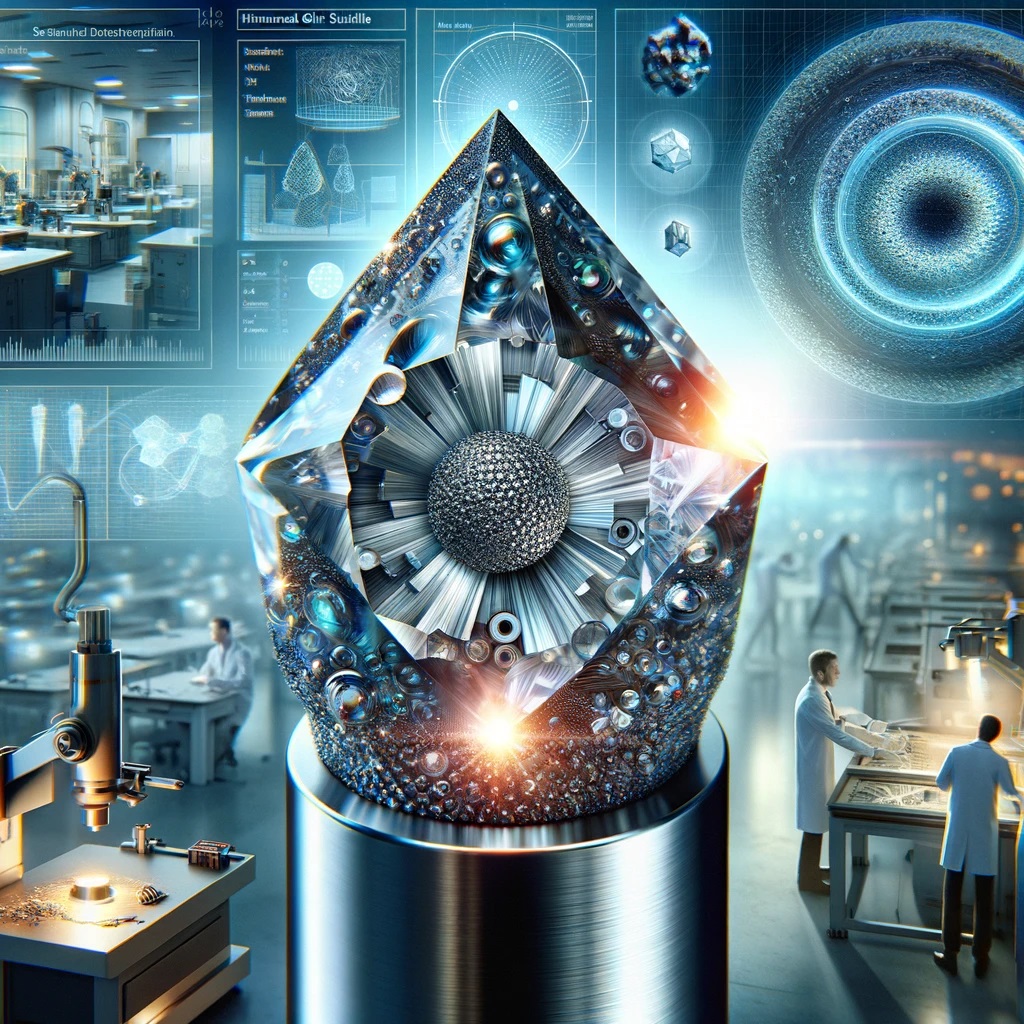Unveiling the Magic: How Synthetic Diamonds Are Crafted
Article Date
07 December 2023
Synthetic diamonds, often referred to as lab grown or man made diamonds, have taken the world by storm with their brilliance and versatility. But have you ever wondered how these diamonds are actually made? In this blog post, we will demystify the fascinating process behind the creation of synthetic diamonds, revealing the journey from carbon to dazzling gem.
1. Understanding Synthetic Diamonds
Before we delve into the creation process, let’s briefly understand what synthetic diamonds are. These diamonds are created in a controlled laboratory environment, mirroring the extreme conditions found deep within the Earth where natural diamonds form. They possess the same chemical structure and physical properties as their natural counterparts.
2. Carbon as the Starting Point
The journey to create synthetic diamonds begins with a carbon source. This source can be in the form of graphite, which is carbon in its purest form. The graphite serves as the raw material from which the diamonds will be grown.
3. High Pressure, High Temperature (HPHT) Method
One of the most common methods for producing synthetic diamonds is the High Pressure, High Temperature (HPHT) method. In this process, the carbon source (graphite) is subjected to incredibly high pressure and temperature conditions, typically exceeding 725,000 pounds per square inch (psi) and 2,200 to 2,500 degrees Celsius (about 4,000 to 4,500 degrees Fahrenheit).
4. Diamond Seed Crystal
To initiate the diamond growth process, a small diamond seed crystal is introduced into the HPHT chamber. This seed crystal acts as a template for the growth of the synthetic diamond. It provides the structure upon which carbon atoms will crystallize.
5. Carbon Transformation
Under the extreme pressure and temperature, the carbon atoms in the graphite source begin to rearrange themselves into the crystal lattice structure of diamonds. Layer by layer, carbon atoms attach to the seed crystal, gradually building the synthetic diamond.
6. Controlled Growth
The growth process is meticulously controlled to achieve the desired size and quality of the synthetic diamond. Precise control over pressure, temperature, and growth conditions allows for customization, resulting in diamonds with specific characteristics.
7. Cooling and Stabilization
Once the synthetic diamond reaches the desired size and quality, the chamber is slowly cooled to stabilize the crystal structure. This cooling process ensures that the synthetic diamond maintains its brilliance and hardness.
8. Cutting and Polishing
After stabilization, the synthetic diamond is carefully cut and polished by skilled craftsmen. This process reveals the gem’s dazzling brilliance, and it can be shaped into various forms, from stunning jewelry to industrial components. The creation of synthetic diamonds is a marvel of science and engineering. It involves transforming carbon into exquisite gem quality diamonds under extreme pressure and temperature conditions. These lab grown diamonds offer endless possibilities, from making jewelry more accessible to advancing various industrial applications.
By understanding the intricate process behind synthetic diamond creation, we gain a deeper appreciation for these remarkable gems and their potential to reshape industries and unlock new opportunities. At Shannon Abrasives, we specialize in offering high quality synthetic diamonds for a wide range of applications. Contact us today to explore how synthetic diamonds can elevate your projects, whether in jewelry design, industrial applications, or advanced research.



